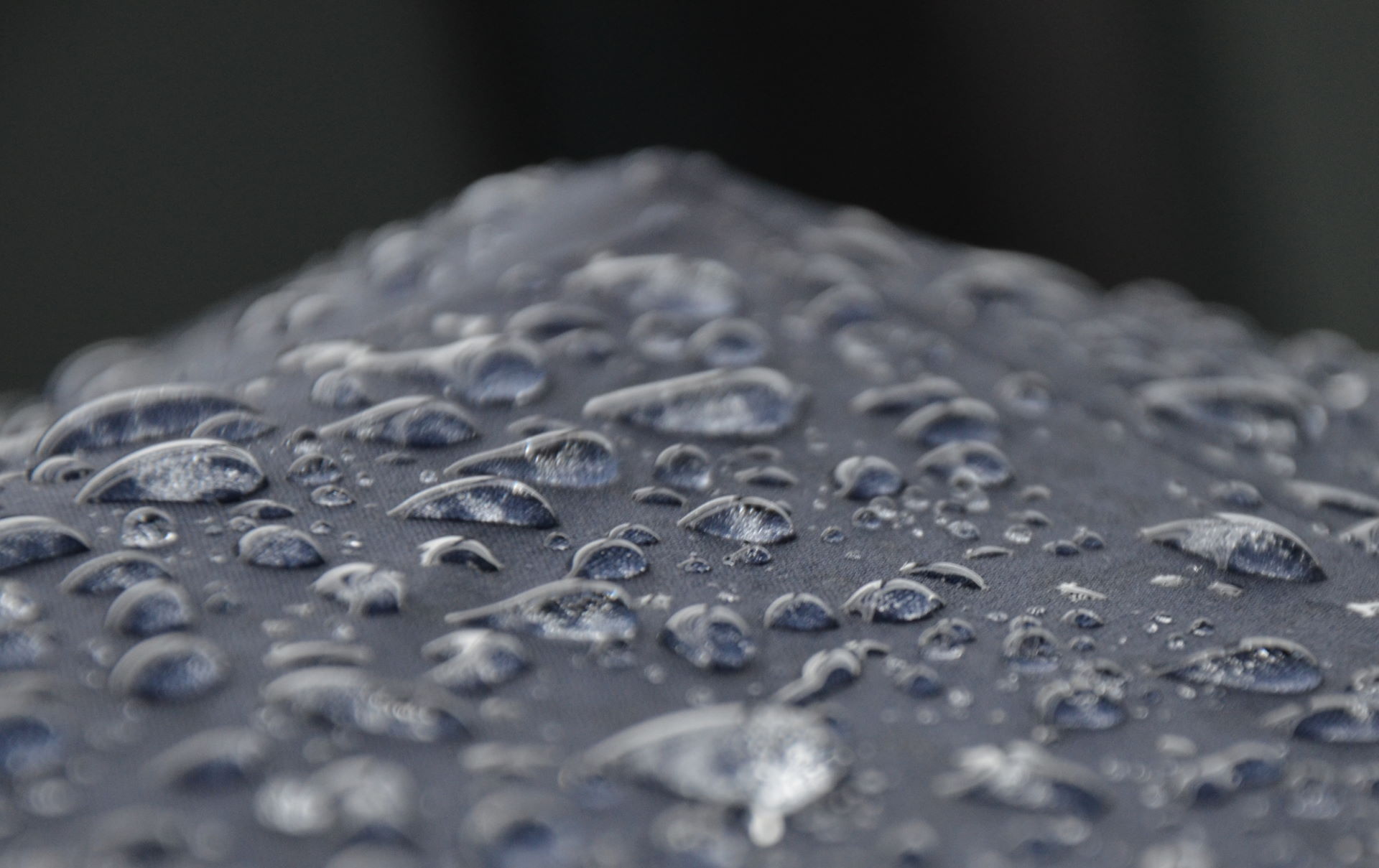Subfloors and basements are underground areas that face unique challenges in terms of moisture and leaks. The lack of direct sun exposure and the presence of groundwater can make these spaces prone to moisture problems, leaks, and structural damage.

Subfloor Moisture Problems
Your subfloor lies beneath the visible flooring in your home. When the subfloor becomes excessively wet, it poses a risk. Excess moisture can infiltrate your floor, leading to issues like cupping, warping, and other undesirable consequences.
However, there’s a silver lining: armed with the right knowledge and following the proper steps, you can proactively prevent subfloor moisture problems. Doing so ensures that the floors you’ve meticulously installed remain both beautiful and functional for years to come.
Let’s delve into some common subfloor moisture issues:
– Building Not Enclosed: During construction, if the building lacks enclosure or the HVAC system isn’t in place, the subfloor doesn’t get a chance to dry adequately. Exposure to the elements hinders proper moisture release, potentially affecting the subfloor’s moisture level.
– Lack of a Vapor Barrier: A vapor barrier, such as plastic sheeting, should be placed beneath the subfloor before installation. If a subfloor is installed without this protective layer, moisture from the ground can be absorbed by the subfloor. Even if the subfloor has undergone proper testing, moisture may still migrate from the ground through the subfloor and into the wood floor.
– Untested Subfloor Material: Neglecting to test the subfloor’s moisture condition puts you at risk of encountering moisture-related issues. Without testing, it’s impossible to determine whether the subfloor’s moisture level is suitable for flooring installation. Proceeding without this knowledge could lead to problems.
– Unidentified Moisture Source: Sometimes, the source of moisture isn’t obvious—such as a hidden leaky pipe, improper plumbing, or water vapor rising from the ground.
Strategies for Subfloor Moisture Prevention
To safeguard against subfloor moisture issues, several methods can be employed. These include identifying the sources of moisture, ensuring proper subfloor drying, installing moisture barriers (either below or above the subfloor, depending on the material), and implementing moisture mitigation systems. All of these approaches contribute to prevention.
However, the most reliable way to prevent subfloor moisture problems is by conducting thorough moisture testing. This testing should occur before, during, and after flooring installation.

Sources of moisture
Identifying the sources of moisture is crucial for addressing dampness and preventing related issues. Here are some methods you can use:
Start by visually examining the affected area. Look for signs of water intrusion, leaks, or condensation. Check the walls, ceilings, floors, and any visible pipes or fixtures.
Measure the weight loss of a material as it is heated. It can help determine moisture content by analyzing the weight change due to water evaporation.
Calcium Carbide Testing: This test detects moisture by measuring the reaction of calcium carbide with water.
Spectroscopic Analysis: Infrared (IR) Spectroscopy: IR spectroscopy can identify specific functional groups associated with water molecules.
Gas chromatography, although primarily used for analyzing volatile compounds,can indirectly provide information about moisture.
Density Determination: Changes in density due to moisture absorption can indicate the presence of water.Refractometry measures the refractive index of a substance, which can be affected by water content.
Remember that the choice of method depends on the specific situation and the material you’re dealing with. Combining multiple techniques can provide a more comprehensive understanding of moisture sources.

